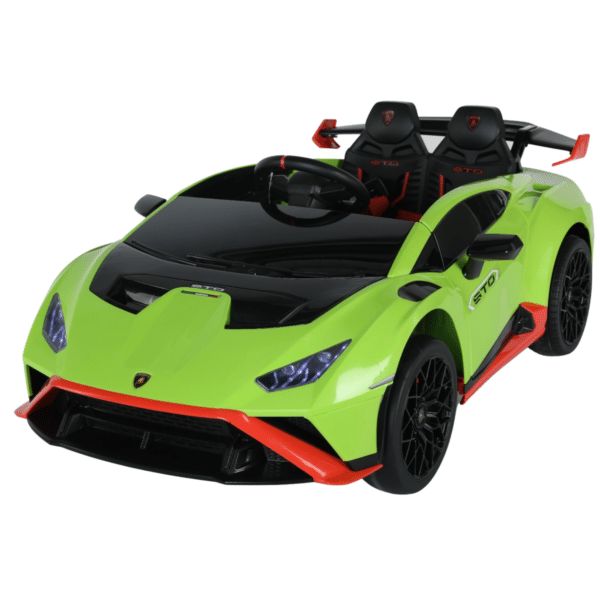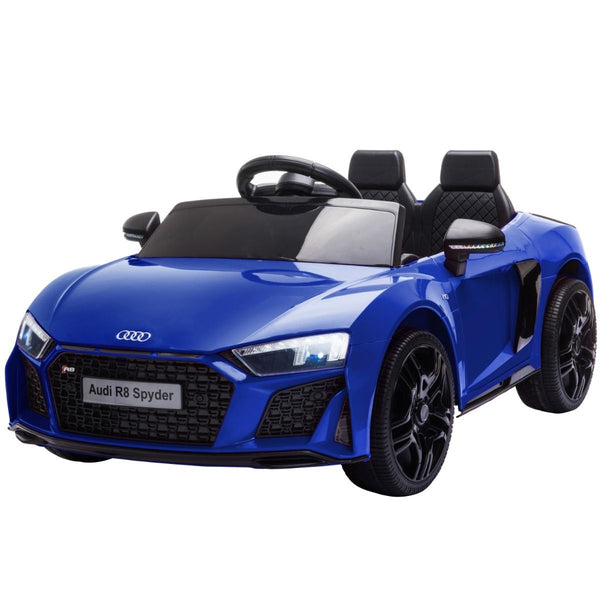New Advice To Selecting Electric Kids Cars
New Advice To Selecting Electric Kids Cars
Blog Article
What Should You Be Looking At When Selecting The Right Ride-On Vehicle For Your Older Children?
If you're thinking about ride-on cars for children, it is essential to consider their age, size, and stage of development to ensure that the car is safe, appropriate and enjoyable for the children. Consider these factors:
Look for cars designed specifically for toddlers ranging from 1-3. These cars usually have the appearance of a stable, low-profile design and easy-to-use controls. They often also have simple features, such as steering wheel, buttons or handles. Choose ride-ons that have a wide base for stability, and a low risk of falling over.
Older children (3+ Years) - As your child gets older and more experienced, they will be able to operate more sophisticated rides that have added features and controls. Look for cars with seats that can be adjusted as well as larger capacities for weight. Also consider features that are interactive like working lights, sounds and music. Pick a ride-on with adjustable speed settings and parental controls. This will allow you to cater for different skill level and ensure the safety of your passengers.
Size
When selecting a ride-on car take into consideration your child's weight and height. Select a car whose seat height and weight are suitable for your child. Avoid cars that are too large or small. They can cause discomfort and even danger.
Comfort and legroom Ensure that your child has enough room to comfortably sit in the car. Make sure you check the car's dimensions and ensure that it is suitable for your child.
Developmental Stage -
Motor Skills - When selecting the right ride-on it is important to consider the child's motor abilities and their ability to coordinate. While younger toddlers will need more control to operate the car, older children can handle more complicated controls and interactive features.
Ride-on Cars Help Build Confidence and Independence - When children learn to navigate and drive riding on cars help them build confidence and aid in developing their independence. Select a car that will allow your child to learn to steer, accelerate and brake on their own. This will help build their motor skills and confidence over time.
Be aware of your child's interests and engagement when choosing a ride-on vehicle. Select a car that has themes, colors, or features that appeal to your child's preferences, regardless of whether it's a vintage automobile or a sports car truck, or themed character vehicle.
If you consider your child's age as much as their height and developmental stage, you will be able to select a safe, comfortable ride that your child can take pleasure in and learn from. Take a look at the best Mercedes kids car for blog examples including electric two seater cars, toy with car, race car toy, toy with car, toy car toy car, toy car, electric two seater cars, cars pedal car, kidscars, toy the car and more. . 
What Are The Best Models For Kids Cars? Made For Outdoor And Indoor Use?
Kids' car models have specific features and characteristics to suit different environments and usage situations, whether indoors or outdoors. Here are the differentiators between these models Indoor Use Cars
Dimensions and Weight - Cars designed for indoor use tend to be smaller and lighter in weight to maneuver easily within confined spaces like playrooms, living rooms, or hallways. These vehicles are compact and compact, which allows them to maneuver easily through narrow spaces or around corners.
Low Ground Clarity - Indoor vehicles have low clearances so that they don't get stuck, or getting caught, on obstructions, like carpets, rugs, or thresholds. This allows the car to move smoothly and without interruption across indoor surfaces, without any risk of it getting stuck or falling over.
Smooth Wheels- Cars for indoor use The wheels are usually composed of smooth materials like rubber or plastic for an even traction on surfaces with an even surface, such as tiles or laminate flooring. The wheels are made to cut down on noise and keep from scratching or scratching surfaces.
Temporary Speed - For indoor usage, cars typically have slower speeds than they would be in order to make sure that they are controlled and operated safely within tight areas. This prevents accidents and collisions with walls, furniture, or other obstacles commonly found indoors.
Outdoor Use Cars -
Built to Last - Vehicles designed for outdoor use are built using durable materials like strong plastic or steel to stand up to rough handling and outdoor elements like sunlight, humidity, and temperature fluctuations. These cars are built to withstand the extreme conditions that are typical of outdoor use.
Higher Ground Clearance for Outdoor Use cars have a higher clearance to maneuver through uneven terrain, bumps, or obstacles encountered outdoors. This enables them to navigate rough surfaces such as dirt, grass or gravel, without becoming trapped or causing damage.
Traction Tires - The tires of outdoor use cars are often equipped with patterns or treads in order to provide better traction and grip on uneven or slippery surfaces. This gives you stability and control when driving outdoors, preventing sliding or sliding.
Weather Resistance - Designed for outdoor use, cars can feature components that are resistant to moisture or environmental damage like sealed electronics and waterproof casings. These vehicles can take on rain, mud or even puddles, without any compromise in performance.
Outdoor-use cars have higher speed limits to allow for vast spaces and distances. It offers a thrilling adventure for kids who want to explore outdoor spaces.
By considering these design features and traits, parents are able to select a children's car model that's tailored to their specific usage needs and environment, whether outdoors or indoors, providing an enjoyable, safe and lasting play experience for their child. Take a look at the top go here about Mercedes kids car for site examples including car toy car toy, toy cars, electric ride along car, remote control childrens electric cars, toy toy cars, electric car ride, 2 seater electric cars, electric toy car, electric rideons, toy toy cars and more. . 
How Do You Set The Budget For Buying A Ride-On Automobile For Your Child?
When you are deciding on the budget for your home, take into consideration features, durability, and your financial position. How to set the budget for your ride-on car to make the most of your investment Consider researching average prices
Start by looking up the price average of rides-on cars for children with the features you desire. Toy stores, online retailers and manufacturer websites are a good source of information on pricing.
What are the must-have features?
Select the features your child will need for their safety and enjoyment. Prices can be influenced by the features you choose to include, like an active headlight, real sound remote control for the parents and seat belts.
Prioritize your features by comparing your budget and your child's preferences.
Be aware of longevity and durability -
Look for sturdy ride-ons that are composed of high-quality components such as plastics or metals which are able to withstand frequent usage and the harsh conditions of outdoor.
You can also ask other parents about their opinions as well as read the reviews to assess the reliability of a vehicle. By investing more upfront in a ride-on solidly constructed, you will be able to avoid frequent replacements and repairs.
Comparing Costs of different retailers
Compare prices of different retailers to discover the best value for your money. Find promotions and sales at local department stores, toy stores, and online retailers.
Keep an eye on discounts, sales, or clearance offers that can help you save money on your purchase without cutting corners on quality.
Add additional costs
Incorporate any other expenses that you will incur when purchasing the ride-on car for your child. These include shipping charges tax, and other accessories (e.g. batteries for extra batteries, safety equipment).
Budget for the total cost of ownership. This includes any equipment or maintenance costs that are necessary.
Create a realistic budget -
After analyzing your options and assessing your financial situation, you can create your budget to reflect your needs and prioritizes. Decide on the amount you're willing to invest in a ride-on car while considering the quality of features, durability, as well as longevity.
Don't spend too much money on items which won't make any significant difference to your child.
Think about Long-Term Value
Assess the long-term value of the car that your child rides on in terms of its endurance, versatility, and ability to adapt with your child. A vehicle that is of high-quality and comes with a variety of features could be higher over time, compared to a less expensive, less durable option.
If you set a reasonable budget and carefully compare the quality, features, and long-term value of each car for your ride-on child, you will find that it's worth every penny. Prioritize features that matter most to your child's happiness and safety while staying within the budgetary limits. Have a look at the best kids ride on cars kidscars.co.uk recommendations for more tips including ride on digger, two seater electric cars, toy toy cars, kidscars, kiddies cars, electric ride on cars, electric car ride, car toy toy, ride on car, riding digger and more. .